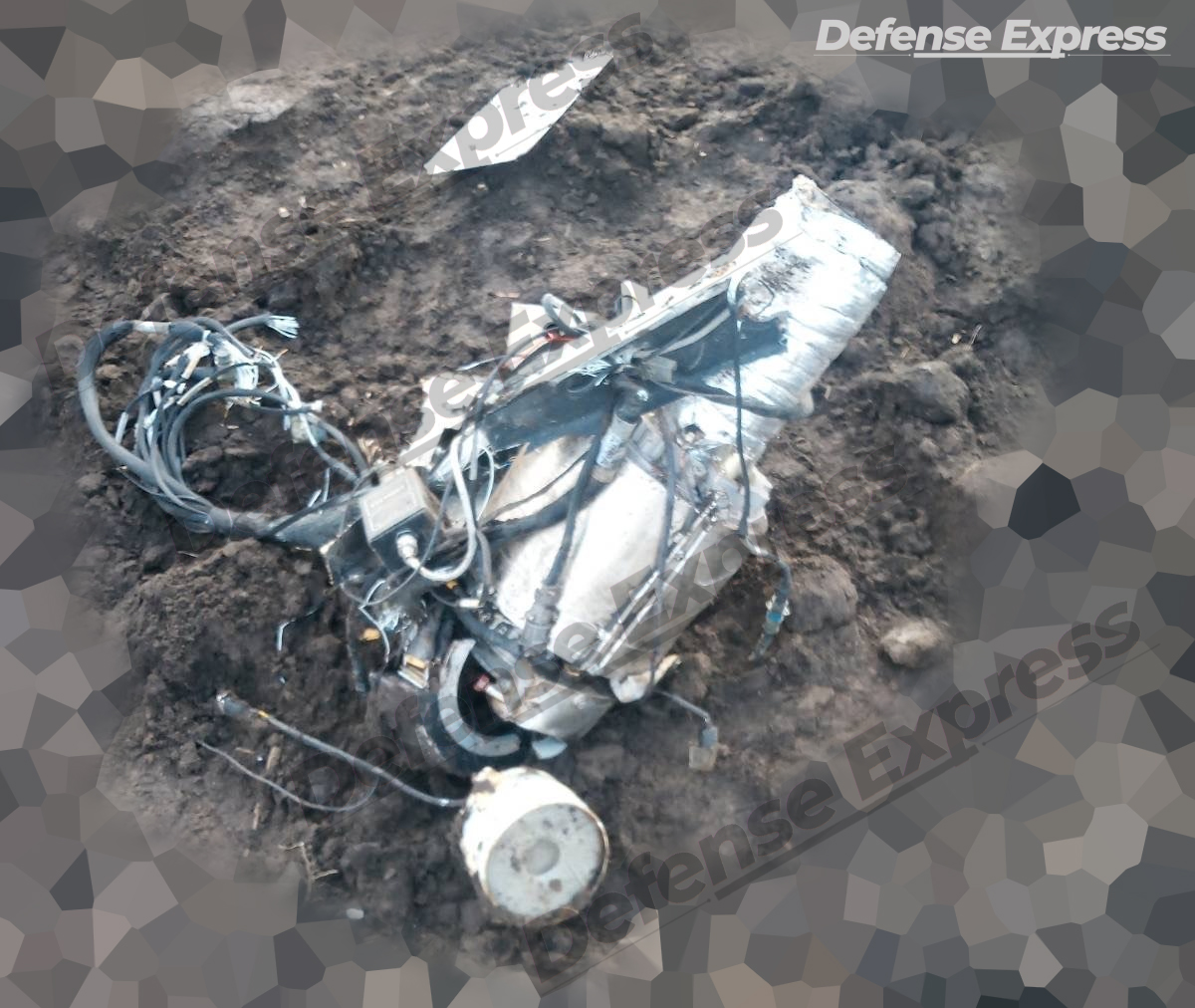Ukrainian Defense Forces managed to take down a Shahed-238 loitering munition of iranian production, which russia used in one of the recent attacks on Ukraine this January. The wreckage, earlier raising doubts about whether it really was this latest version of Shahed, has been analyzed.
Defense Express has obtained a report on the disassembly of this drone, the findings indicate that despite the sanctions, iran still has access to a whole range of Western-made components. Let's start with the main feature of the Shahed-238: the jet engine.
Read more: russia Wants to Sell Jet-Powered Shahed Drones Abroad $1.4 Million Per Unit

The turbojet engine was identified as the TJ150 model from the Czech company PBS Velká Bíteš, it has a maximum thrust of 1,500 N and weighs 18.9 kg, it's 272 mm in diameter and 518 mm in length.

This engine provides the Shahed-238 with a cruising speed of around 520 km/h during the midcourse of the flight, as recorded during radar surveillance of this drone.
The navigation of the Shahed-238 is handled by the satellite and inertial systems traditional for this family of loitering munitions. To receive satellite navigation signals, a block of four TW1721 antennas from the Canadian company Tallysman is used.

Satnav signal processing is implemented on AD9361BBCZ chips from Analog Devices, MIMXRT1052 microcontroller from NXP USA Inc. and N63A0QI chip from Intel, all from the United States.

The inertial navigation unit is also built on Western electronics using STM32F405 microcontroller units manufactured by STMicroelectronics (Switzerland) and the iSensor ADIS16480 inertial measurement unit from Analog Devices (USA).

The Shahed-238's flight control and adjustment module is built around the TMS320F28335PGFA microcontroller from Texas Instruments (USA).

Thus, the iranian Shahed-238 is assembled from foreign components that are available on the civilian market. At the same time, the process of getting things like miniature jet engines from the Czech Republic to Tehran is quite interesting for further research. Because it is quite possible to trace and cut the supply chain off.
Earlier Defense Express reported that russia is already presenting Shahed-238 as its own development at the World Defense Show 2024 in Saudi Arabia, and wants to sell them for $1.4 million per unit, promoting the pricey product as a "UAV-deterrent" and decoy for enemy air defenses.
Read more: Detailed Photos of North Korean Missile That Struck Ukraine: Only One Korean Character Remained Inscribed After Attempts to Conceal the Origin














